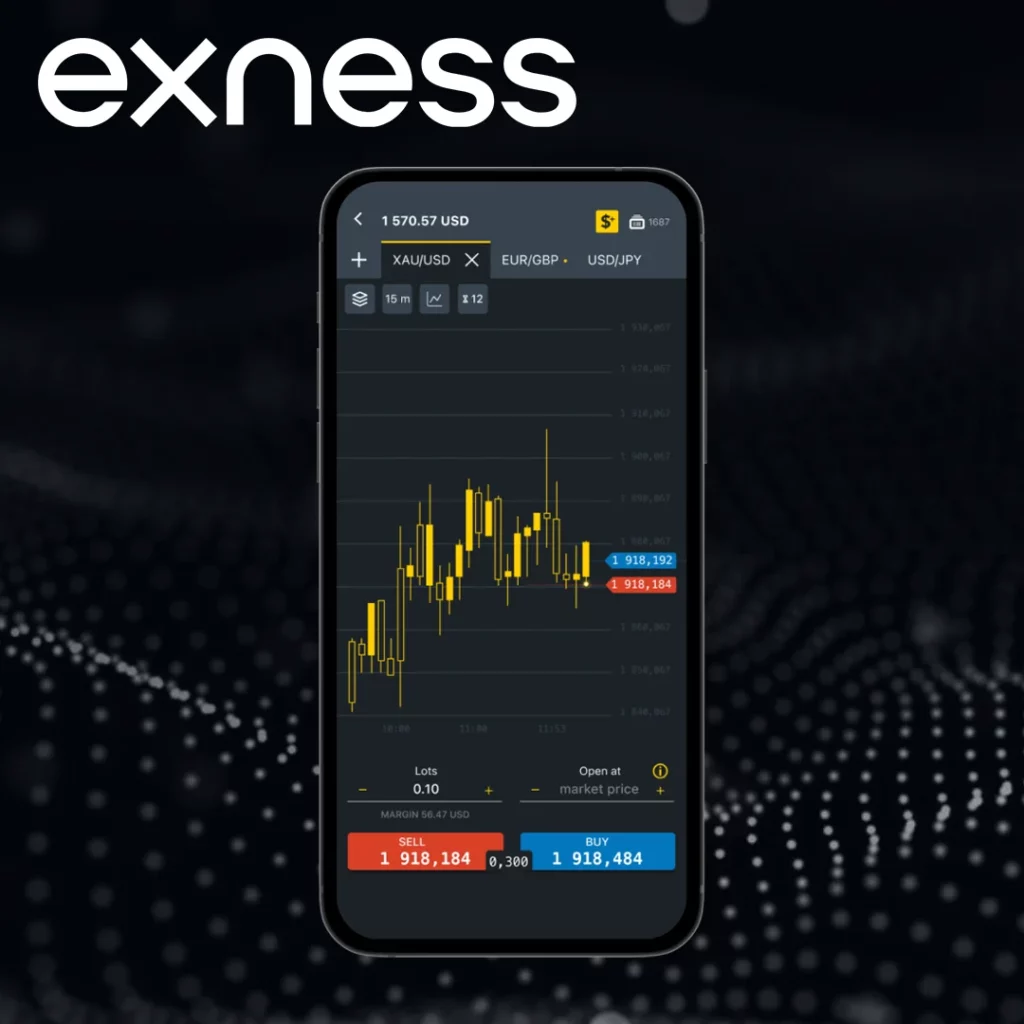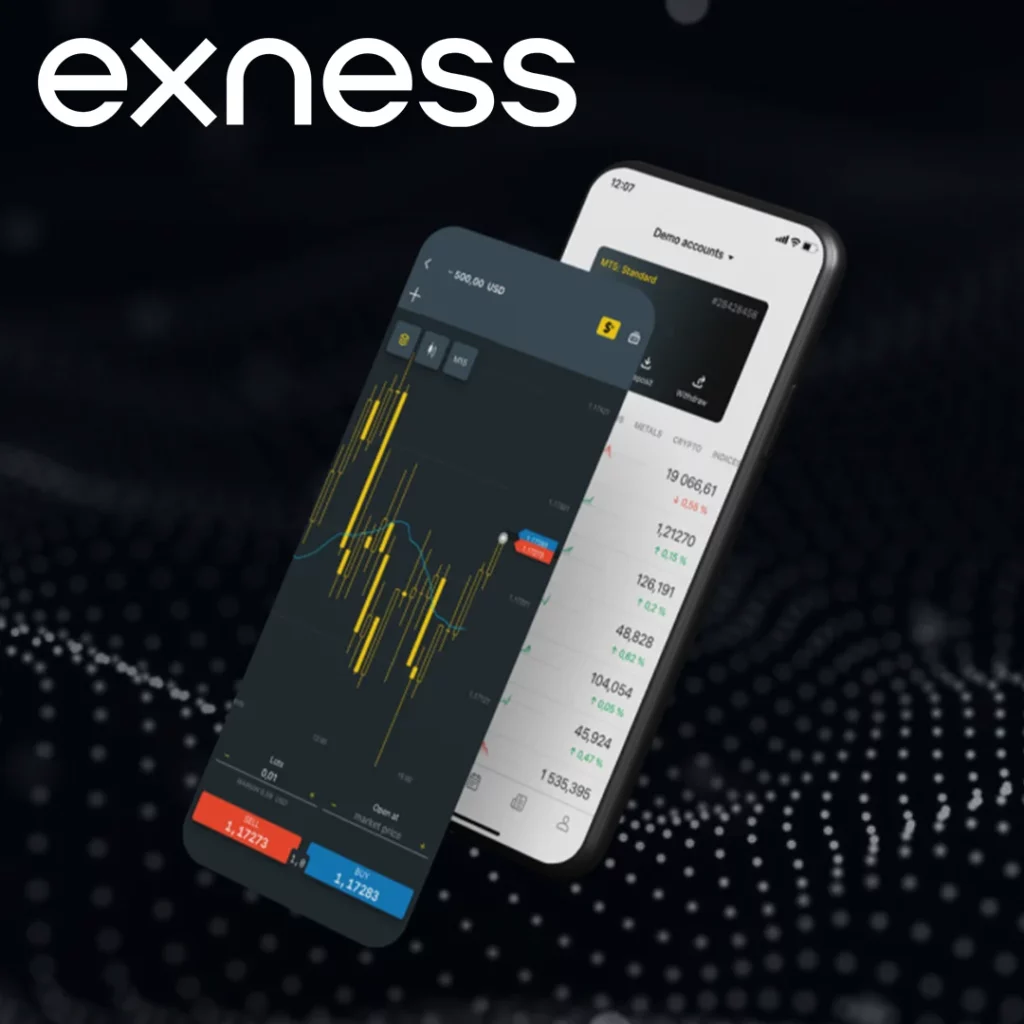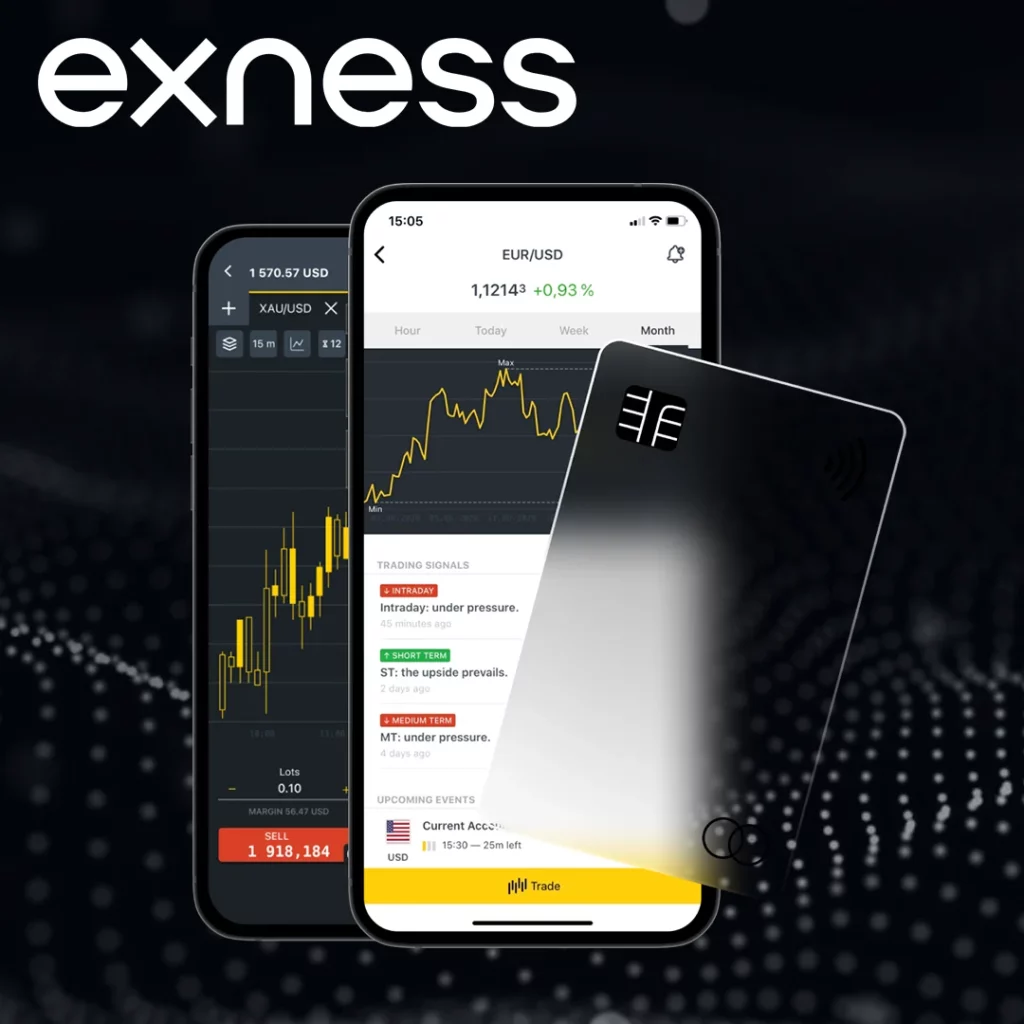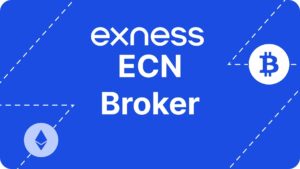Choosing the right account type is crucial when entering the trading world. Exness offers multiple accounts to meet the needs of different traders. Among these, zero spread accounts and original spread accounts stand out as popular choices. Each account has its unique benefits, and understanding the differences between them can help traders determine which account is most suitable for their strategy.
Zero spread accounts are suitable for traders who prioritize predictable and transparent costs, while original spread accounts attract those who hope to obtain low spreads through market conditions. These two types of accounts are suitable for different trading styles, and choosing the appropriate account requires a clear understanding of how they work and what they offer.
Exness zero difference account
Zero spread accounts provide a simple and transparent pricing structure. By using this account, the bid ask spread has been eliminated. On the contrary, traders pay a fixed commission for each transaction. This pricing model attracts those who hope for clear and stable costs, unaffected by the constantly changing spreads in volatile markets.
There is no price difference, and pricing is usually more competitive, making it the preferred option for active traders. Fixed commission means that traders can better calculate the cost of each transaction, resulting in a more predictable cost structure.
Main features:
- No spread As its name suggests, this account offers zero point difference.
- Fixed commission Traders pay a fixed commission based on the trading instrument and trading volume.
- Tighter pricing Due to the absence of price differentials, prices are often more competitive, especially in volatile markets.
- Suitable for frequent traders ——Fixed commissions make frequent transactions more cost-effective over time.

Who should use it?
- Traders who enjoy transparent and predictable pricing models.
- Active traders engage in large-scale trading and require a stable cost structure.
- Those who want to avoid uncertainty in volatility during periods of high volatility.

Exness Original Spread Account
The original spread account adopts different modes. It provides ultra-low spreads directly from liquidity providers. However, these price differences are not fixed and will fluctuate according to market conditions. This type of account is particularly attractive to traders who require as tight spreads as possible to take advantage of small price fluctuations, such as scalpers.
Unlike zero spread accounts, original spread accounts do not charge fixed commissions. On the contrary, transaction costs are embedded in the price difference, which may vary from one transaction to another. For traders who focus on major currency pairs, this account type provides market driven pricing, which is necessary for precise entry and exit points.
Main features:
- Variable spread The spread may fluctuate, but it should be kept as low as possible.
- No fixed commission Traders do not pay commissions, but pay spreads that vary with market conditions.
- Market driven pricing The price difference is directly obtained from liquidity providers, making them more sensitive to market changes.
- Suitable for high-frequency traders This account type is suitable for high-frequency traders who rely on ultra-low spreads.
Who should use it?
- Traders are particularly seeking the lowest spreads on major currency pairs.
- Yellow cattle that profit from small price fluctuations and tight price differentials.
- Traders who adapt to changing costs and hope to obtain market driven pricing.
Comparison between Zero Spread Account and Original Spread Account
The following is a detailed comparison of these two accounts, which can help traders understand their differences in cost structure, spread size, and ideal usage scenarios.
| characteristic | Zero point difference account | Original spread account |
| Propagation Type | Zero point difference | Variable price difference |
| commission | Fixed commission per transaction | There is no fixed commission, the spread depends on market conditions |
| Cost structure | Transparent and predictable pricing | Variable costs based on market conditions |
| The most suitable | Active trader, frequent trader | Scalpers, traders specializing in major currency pairs |
| Spread size | No dissemination | Low market driven spreads |
| Market conditions influence | Stable prices, unaffected by market fluctuations | During periods of volatility, price differentials may widen. |
| Ideal trading style | High frequency trading, clear cost structure | Cutting chives to capture small market fluctuations |
Which account is most suitable for you?
Choosing a zero spread account or a raw spread account really depends on your trading habits, goals, and preferences. Each account type is suitable for different trading methods.
- Zero price difference account:If you value predictability and want to know exactly how much your trades will cost, then a zero spread account may be your best choice. You will pay a fixed commission for each transaction, and as there are no spreads, your costs remain transparent regardless of market conditions. This account is very suitable for active traders who trade frequently and require a stable cost structure.
- Original spread account:On the other hand, if you are more focused on obtaining the most compact spreads and can adapt to fluctuations in costs, then the original spread account will provide you with market driven spread access. This account is very suitable for scalpers or traders who focus on major currency pairs and need a low spread to take advantage of small price movements.
In summary, both types of accounts offer significant advantages, but choosing which one to use still depends on your trading style. If you are a high-frequency trader seeking predictability, please choose a zero difference account. If you prioritize low spreads and are able to accept variable costs, then the original spread account may be more suitable for you.
conclusion

Zero spread accounts and original spread accounts are both designed to meet the needs of different types of traders. Zero spread accounts provide a transparent and predictable cost structure, with no spreads but fixed commissions, making them ideal for frequent and active traders. On the other hand, the original spread account offers ultra-low spreads driven by market conditions without any fixed commission, making it more suitable for traders engaged in scalping trades and those focused on major currency pairs. By understanding your trading preferences, you will be able to choose the account that best fits your trading strategy and goals.

Trade immediately with trusted broker Exness
Personally understand why Exness is the preferred broker for over 800000 traders and 64000 partners.
frequently asked questions
What is the main difference between a zero spread account and an original spread account?
The main difference lies in the cost structure. A zero spread account has no spread, but a fixed commission will be charged for each transaction. The original spread account has ultra-low variable spreads from liquidity providers and does not charge fixed commissions, with costs fluctuating according to market conditions.



